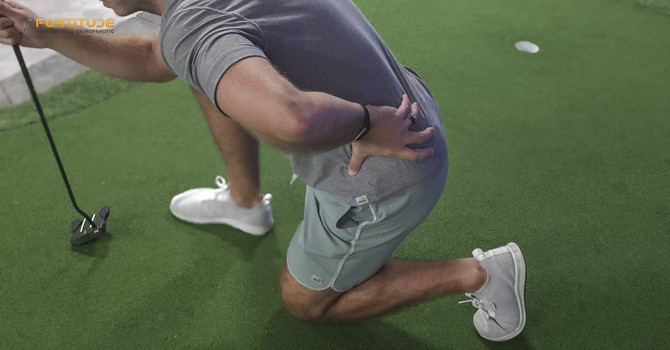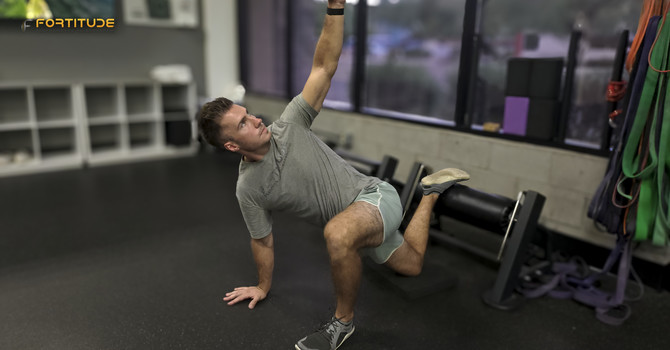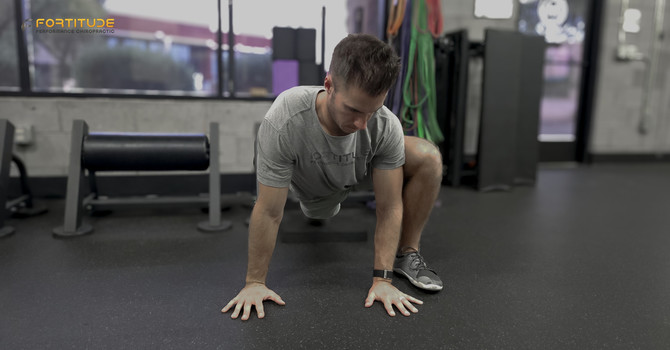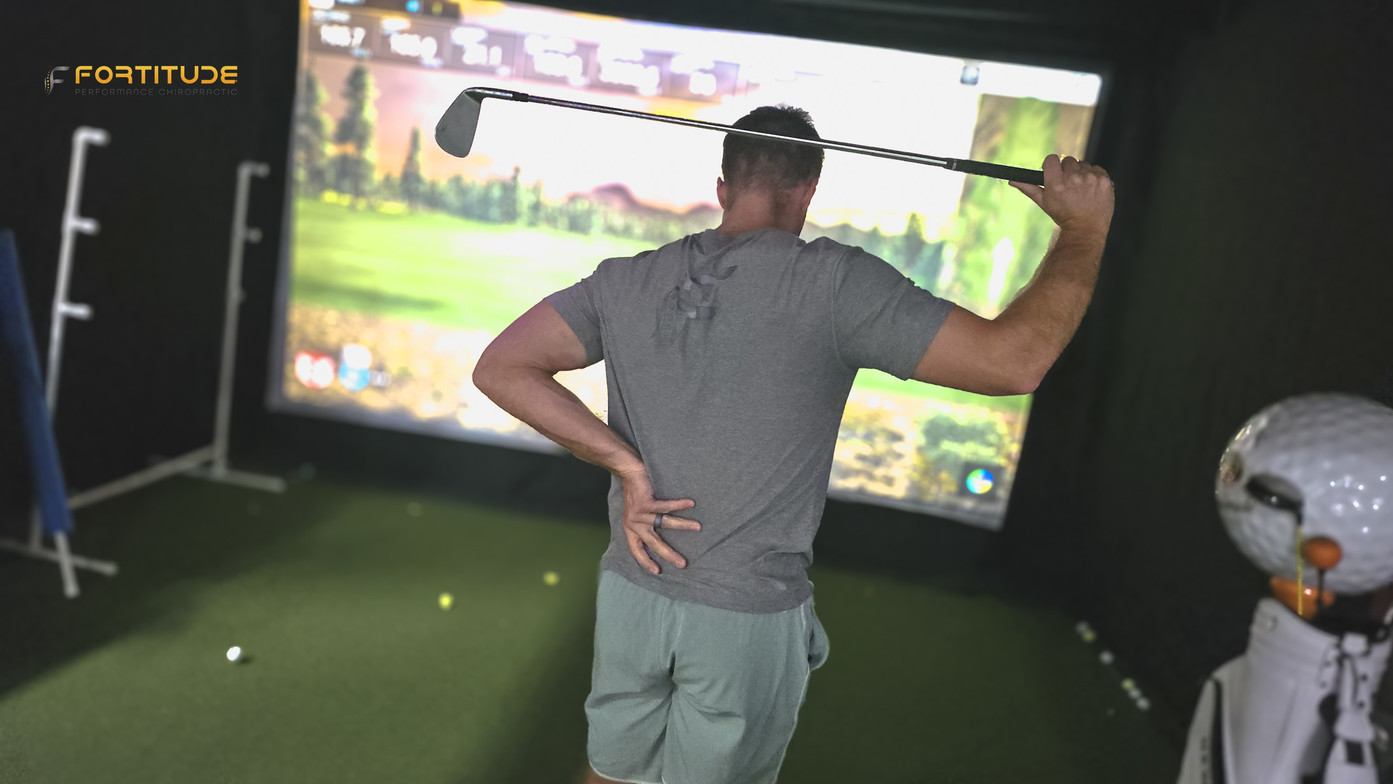
Why Pain Keeps Coming Back (Even After PT, Chiropractic care, Massage, or Stretching)
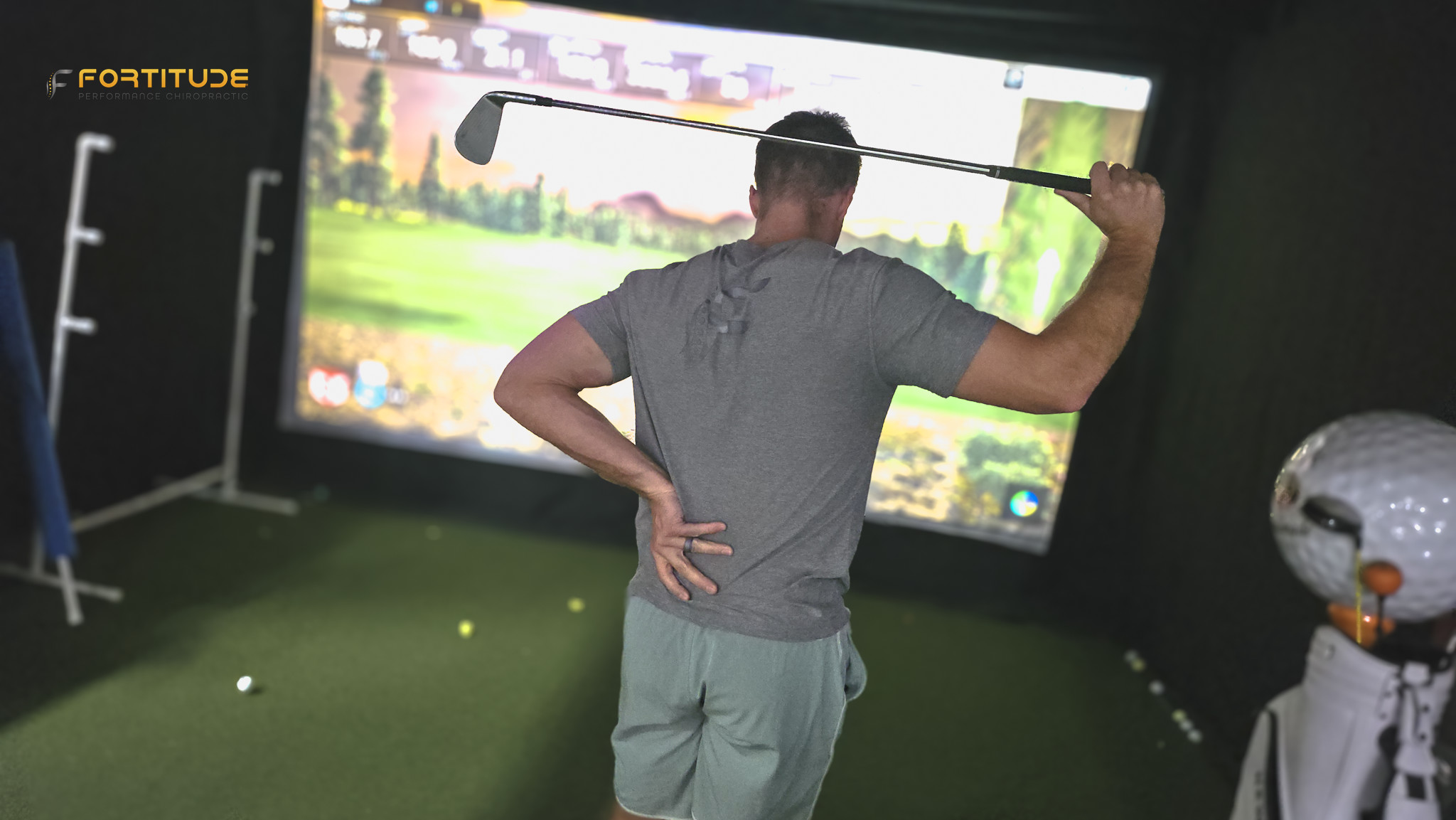
If You’ve Done Everything “Right” but the Pain Still Comes Back
You stretch. You roll. You ice. Maybe you have done physical therapy, massage, or chiropractic care before. It works for a little while. But then it is back again, the same nagging pain in your back, knee, shoulder, or neck.
Sound familiar?
You are not imagining things, and you are not doing anything wrong.
When pain keeps showing up, it is more than just an inconvenience. It starts to make you wonder if this is just your new normal. You start planning workouts, golf rounds, and even family activities around how your body will feel. The cycle is not only frustrating, it can make you feel stuck and worried about what comes next.
The truth is, pain that comes and goes is your body’s way of telling you something deeper is being missed. Maybe your hips are not rotating well. Maybe your core is not stabilizing the way it should. Or maybe old injuries have forced your body to move in ways that overload the wrong areas.
For most people, the cycle looks something like this:
- Pain flares up after a workout, long day, or tough round of golf
- You rest, ice, stretch, or get a massage
- The pain fades… for now
- You go back to your usual routine
- A week or two later, it is back.. sometimes worse than before
When we uncover and fix what is really driving this cycle, everything changes. You can break the loop for good, move the way your body was meant to, and get back to doing what you love without wondering if the pain will come back tomorrow.
“We had a patient who came in with shoulder pain that had been ‘on and off’ for years. He’d get massages every few months, which helped temporarily. But during his assessment, we found his mid-back barely moved and his rotator cuff was overworking like crazy. Once we freed up his thoracic spine and retrained how he loaded the shoulder, the pain stopped coming back. The issue wasn’t the shoulder. It was how everything was moving together.” – Dr. Molly
Why Pain Comes Back (Even When You Feel Like You’re Doing the Right Things)
1. You Treated the Pain, Not the Problem
Pain is often the last thing to show up and the first thing to go away. The real cause usually lives in the way your body moves or fails to move.
If your pain gets better with rest, massage, or adjustments but comes back the moment you are active again, there is a good chance it is a movement issue, not just tightness or inflammation.
2. You Did Not Address the Whole Chain
Your body works as a system. When one part is not doing its job, another area pays the price:
- Knee pain caused by weak hips or stiff ankles
- Low back pain driven by poor core control
- Shoulder pain tied to a locked-up thoracic spine
Most treatments only focus on the spot that hurts. Real relief comes when you understand how all the pieces connect.
3. You Got Generic or Cookie-Cutter Care
This one stings, but it is true. Many people come to us after rounds of PT or chiropractic care where they did not get a full assessment or had the same adjustment every visit. The pain might fade for a day or two, but it always comes back because no one addressed why the problem started.
If your last rehab had you doing basic clamshells or bridges without testing things like single-leg balance, hip rotation, or trunk stability, chances are the real issue never got touched.
4. You Never Built Strength Where It Matters
Strength solves a lot of issues, but only when it is the right strength targeted to the weak link.
For example, if your glutes are not stabilizing, your low back will take the load. If your shoulder blades and rotator cuff are not strong, your shoulders will break down.
The goal is not to just “get stronger.” It is to build support where your body is breaking down so pain is no longer the default response.
“We see a lot of people who’ve done PT before, but they never had their movement really broken down. We’ll test things like single-leg control, hip rotation, trunk stability and find stuff that never got addressed. That’s why they never really got better.” – Dr. Maxim
The Most Common “Missing Links” We Find
When someone says, “I’ve tried everything but the pain keeps coming back,” it usually isn’t because they missed a magic stretch or need another adjustment. It is because no one has looked at how their whole body is moving.
Some of the patterns we uncover are things most people never get checked:
- Movement in the ankles or hips so limited that the knees or back take the hit every time you swing, squat, or hike
- A core that cannot stabilize under load, forcing the spine to work overtime
- A mid-back that does not rotate well, making the shoulder or low back carry more stress than they can handle
- Weak or uncoordinated glutes that turn every squat or uphill climb into a strain on the knees
- Compensations from an old injury that were never addressed, leaving other joints to pick up the slack
These are not always painful on their own, but they add up. Over time, they wear your body down. And unless someone takes the time to look beyond the area that hurts, they usually get missed.
That is why a full-body movement assessment can change everything. It is the first step to finally understanding why the pain keeps coming back and what it will take to stop it.
How We Actually Fix Recurring Pain
If you have been through the cycle of rest, adjustments, or generic rehab only to have your pain come back, you already know that quick fixes do not work. Real progress starts when we figure out why your body keeps breaking down and give you the tools to change it for good.
At Fortitude, we start by looking at how your whole body moves, not just where it hurts. Our movement assessment shows us:
- How your joints are moving (or not moving)
- Whether your core and glutes are stabilizing the way they should
- How you load your body during squats, steps, and rotation
- Where you are compensating without even realizing it
From there, we build a plan that does more than just get you out of pain:
- Hands-on care to release tension and restore motion where your body is locked up
- Joint adjustments and dry needling when deeper reset is needed
- Targeted rehab to strengthen the weak links that keep causing flare-ups
- Coaching on how to move and load your body correctly so you can trust it again
The goal is not just to make your pain disappear for a few days. It is to help you move better, play with confidence, and stop worrying that every round or workout will set you back again.
“One of my favorite moments is when a patient says, ‘Wow, that feels different but better.’ That shift usually comes right after we change one small part of how they move. It’s that ‘aha’ moment where everything clicks, and they finally see the path forward.” – Dr. Molly
Pain Relief That Lasts Starts with Understanding Why It Is There
If you have tried stretching, rest, adjustments, or even rounds of PT, but your pain still comes back after workouts, long days, or sitting at your desk, it is not because you are doing anything wrong. It is because no one has helped you understand why your body keeps breaking down.
When we identify and fix the real reason your body is moving and compensating, everything changes:
- Pain flares become less frequent and less severe
- You trust your body again during golf, workouts, and everyday life
- You finally step off the “rest, flare, repeat” rollercoaster and get back to living without limits
That is what long-term relief actually looks like. It is not about more rest or more stretching. It is about finally solving the problem so you can keep moving, playing, and doing what you love for years to come.
FAQ: Why Pain Keeps Coming Back
Why does my pain keep returning even after treatment?
Because most treatments focus on short-term relief, not long-term movement corrections. Without fixing how your body moves, pain will keep showing up unless you fix why the pain was there to begin with rather than applying a bandaid approach.
Is it normal for pain to come and go?
It’s common, but not normal. Recurring pain usually means there’s a deeper issue that hasn’t been solved yet.
What’s the first step to fixing recurring pain?
The first step to fixing recurring pain is understanding why it keeps coming back and what you want life to look like once it is gone. At Fortitude Performance Chiropractic in Scottsdale, Arizona, we start with a full-body movement assessment to see how your body moves, stabilizes, and compensates, not just where it hurts. Then we talk about your goals, whether it is golfing without flare-ups, hiking without knee pain, or simply staying active with your family, and build a customized plan based on your body, the root cause of your pain, and where you want to be. This approach helps you move beyond quick fixes and finally get lasting results, so you can stay confident and active without worrying about the next setback.
Does this apply to chronic pain too?
Yes. Chronic pain often sticks around because no one has taken the time to figure out why your body keeps breaking down. When we finally uncover those hidden patterns and build a plan around your body and goals, you can stop feeling stuck and start trusting your body again.

Fortitude Performance Chiropractic
Contact Me
